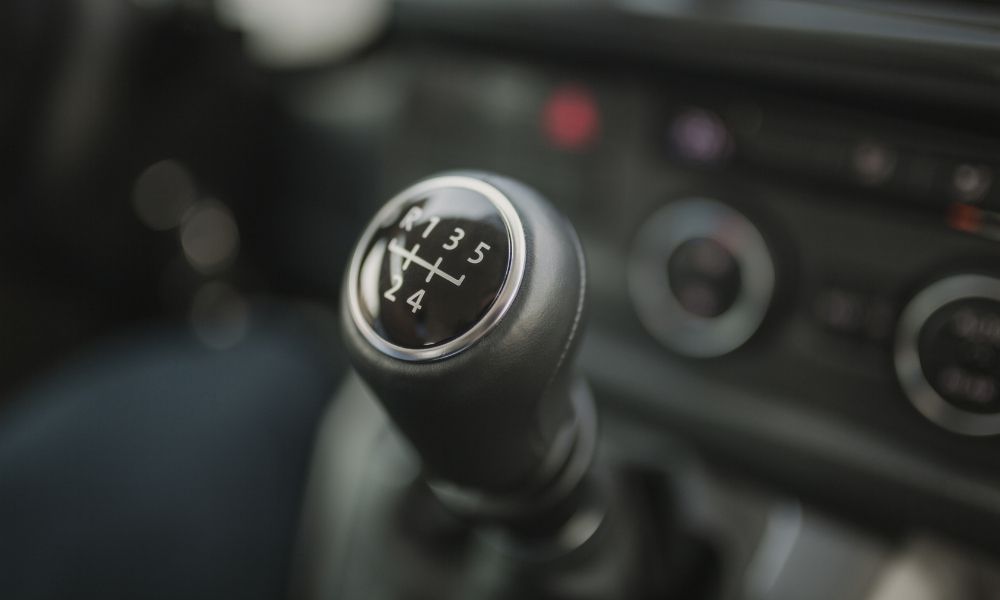
When purchasing a vehicle, one of the main aspects you need to consider is whether you want a manual or automatic model. Manual and automatic transmissions have numerous differences that can impact driver experience, maintenance costs, and the price of the vehicle itself. Before choosing which type of transmission you want to buy, make sure you are aware of these key differences between automatic and manual transmissions.
Driver Experience
The most obvious difference between an automatic and a manual transmission is the driver experience. Automatic transmissions don’t require drivers to manually change the gears as they drive. Instead, the transmission will do so automatically.
If a car has a manual transmission, however, the driver will need to physically move the gear shift in order to change the gears in the transmission. While some people enjoy automatic transmissions for their convenience, others prefer manual transmissions for the more immersive driving experience that they offer.
Number of Gears
Another key difference between automatic and manual transmissions is the number of gears that they have. Originally, automatic transmissions had a simpler design than manual models and only had three gears. Due to their simplified gearbox, they generally offered less control over vehicle performance than a manual transmission, which generally had at least five or six forward gear ratios, as well as one reverse gear.
However, over time, automatic transmissions advanced into four, five, six, and now eight and even ten speeds. More advanced transmissions will also have a paddle shift that allows the driver to shift an automatic transmission at the RPM it wants and downshift into a lower gear to get the RPMs up so they can pass at a quicker speed when overtaking a car. As such, some modern automatic transmissions offer a comparable level of control to manual models.
Complexity of Design
While the process of driving an automatic vehicle may be simpler than a manual model, the actual design of an automatic transmission isn’t. While both automatic and manual transmissions are one of the most complex components of a vehicle, automatic transmissions are far more intricate than their manual counterparts. To facilitate the convenience of not having to manually shift gears, automatic transmissions consist of far more parts and, as a result, can be more difficult to maintain or repair.
Cost
In most cases, vehicles that have manual transmissions cost less than automatic models. Generally, you can expect to spend around $1,000 less on a manual vehicle than an automatic. While some manual models may cost more than the same vehicle with an automatic transmission, this is the exception. As such, if you are on a budget, purchasing a manual vehicle is likely the more financially beneficial choice.
Whether you purchase a manual or automatic transmission, Transparts Warehouse is here to help you find the replacement parts you need to keep it running smoothly. Our extensive inventory includes overdrive units, transfer case parts, and transmission coolers for sale, among many other replacement parts. To learn more about our top-quality products, contact us today.

